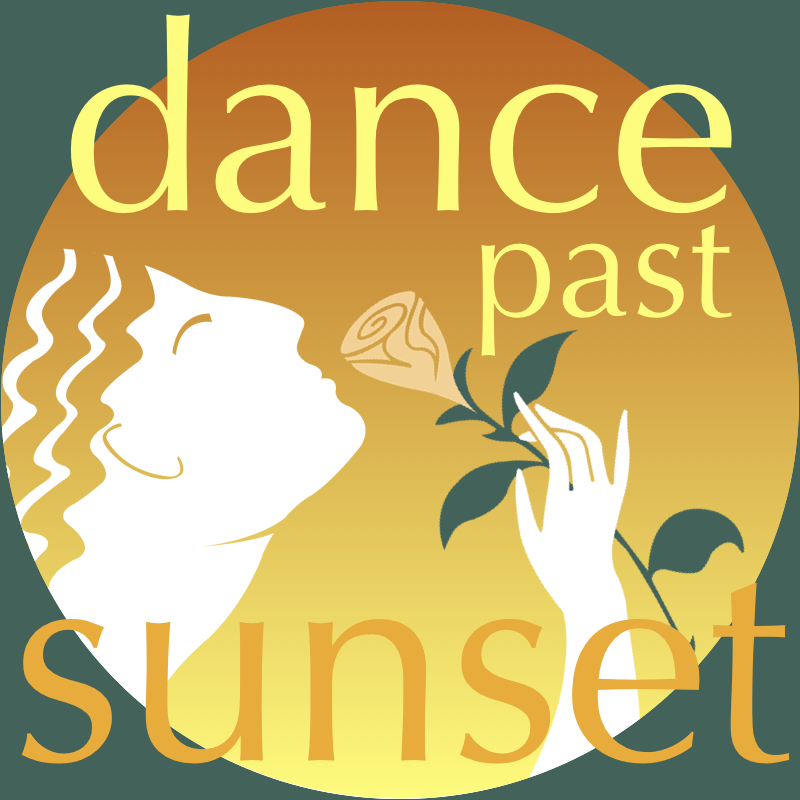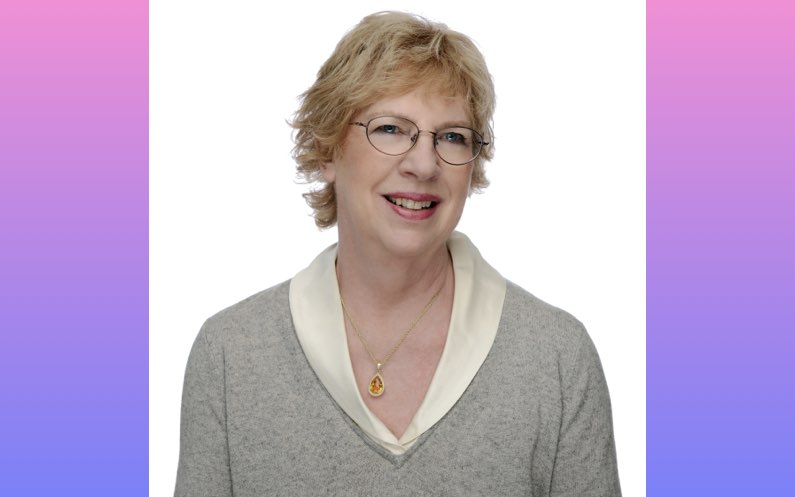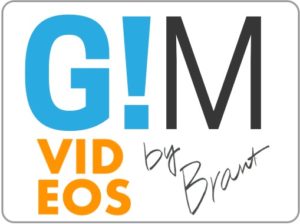In this part two of my interview with veteran hospice nurse Barbara Karnes, we dig deeper into what’s in her helpful kit for families of the dying, how it helps, and even ask if Grandma should be allowed to spark one up and get stoned in her dying days! I think you’ll be surprised at Barbara’s answer.
Listen to the show using the player below, or go here for more details on the show.
New from Brant Huddleston
Share the Love!
Your quick review on iTunes would help me a lot. It’s as easy as ABC! Just…
A) Look for the gold “Review Brant’s Show on iTunes” button below. Click there.
B) Then (in iTunes) click on “View in iTunes.” It’s the blue button under the iTunes logo. That will open iTunes. Finally;
C) Look for the “Ratings and Reviews” tab. Click there and work your magic!
Presto and grazie!

Dance Podcasts You Might Like
I Am a Racist
Travel is fatal to prejudice, bigotry, and narrow-mindedness, and many of our people need it sorely on these accounts. Broad, wholesome, charitable views of men and things cannot be acquired by vegetating in one little corner of the earth all one's lifetime.
Mark Twain
I often hear nowadays, people being accused.
“He’s a racist.”
“She’s a racist.”
“Trump’s a racist.”
“So and so’s a racist.”
What I have yet to hear is: “I am a racist.”
So let me be the first.
I am a racist.
Yes.
I see the ugly thing, creeping around my soul like a roach in the kitchen. I squash it, but sometime later, there it is again.
I know there is a nest somewhere, eggs hatching, a source deep within me, hidden away where it’s easy to deny. There is where I'll find the library of my false beliefs, the lies I tell myself over and over, so often they become grooves cut into my gray matter, like fissures in rock where the water runs down, cutting deeper and deeper, until fissures become swales, and swales become canyons.
When did the first racist raindrop fall? I don’t know. As a child, for sure. How many drops of poison does it take to pollute the vessel of pure water of which we are born? When, exactly, does a person become a racist, and who gets to decide?
I don’t know, but then, neither does anyone else.
I don’t believe in permanence. That’s one thing the Buddhists have taught me.
Everything changes.
We can become aware of that library of false beliefs, that nest of nasties that colors our perception of things, often for the worse. Awareness alone brings change. We can cut new grooves. My challenge as a human being is not to deny that I am a racist, for that would be as foolish as denying I have cancer when I really do. My challenge is, rather, to stop the cancer from metastasizing and poisoning the whole man.
I doubt I will ever fully eradicate my racism. Unfortunately, I suspect some vestige of it will always be with me. But what I can do, and what I do do, is expose myself to experiences that lessen my racism, those being travel, kind and honest conversation, and breaking bread with “the others” whenever I can. These experiences, like wind and rain, smooth rock and, over time, lay low even the highest mountains.
So when I hear the angry crowd shouting, "He’s a racist,” I want to ask:
“Who among you is not a racist? Stand up then and take a bow...for you are surely a god.”
I moved to Substack!
Hi there. If you've read this far, then you enjoy, or are at least intrigued by, my ideas. If you want to learn more, jump over to my new website on Substack, where I continue to write about travel, the second half of life, and other mad musings.
Show Overview
In part one of this interview we met Barbara Karnes who spent decades working as a Registered Nurse and was present for the deaths of hundreds of people. The observations she made during those sacred moments, and the lessons she learned, led Barbara to craft a new way to think about dying, one that will transform how families might help a loved one die, and how you might help yourself when your time comes. Her compassionate wisdom is offered in a kit that includes two easy to read booklets and a copy of her new award winning film “New Rules for End of Life Care.”
Now if you haven’t had the opportunity to listen to part one, you might want to jump over there and take a listen, because that’s where we first meet Barbara, and where she talks about how to recognize the signs that someone is dying, and some specific things you can do to help a loved one when they are dying. In this part two we dig deeper into what’s in Barbara’s kit, how it helps, and we take a trip in the Dance to Death time machine into the future. I even ask Barbara if Grandma should be allowed to spark one up and get stoned in her dying days if that what she wants. I think you’ll be surprised at her answer.
Please join me now for part two of my two part interview with internationally respected speaker, educator, author, thought leader, and now, award winning film producer, Barbara Karnes RN.
What you will learn from Barbara Karnes:
- Elisabeth Kübler-Ross’ pioneering death work in the US
- Cicely Saunders pioneering hospice work in the UK
- How Barbara was affected by these two pioneers
- What’s in her kit, and why you need it
- Our big mistakes from the 1970’s, and how hers turned into lemonade
- Her two hour training video for medical professionals
- If we should let Grandma spark one up in her dying days
- Why there is no reason to die in pain
- The bogus fear of overdose and addiction
- Her blog post “Does Morphine Hasten Death?”
- What Barbara sees from her time machine 100 years in the future
- The best famous last words I have ever heard
###


